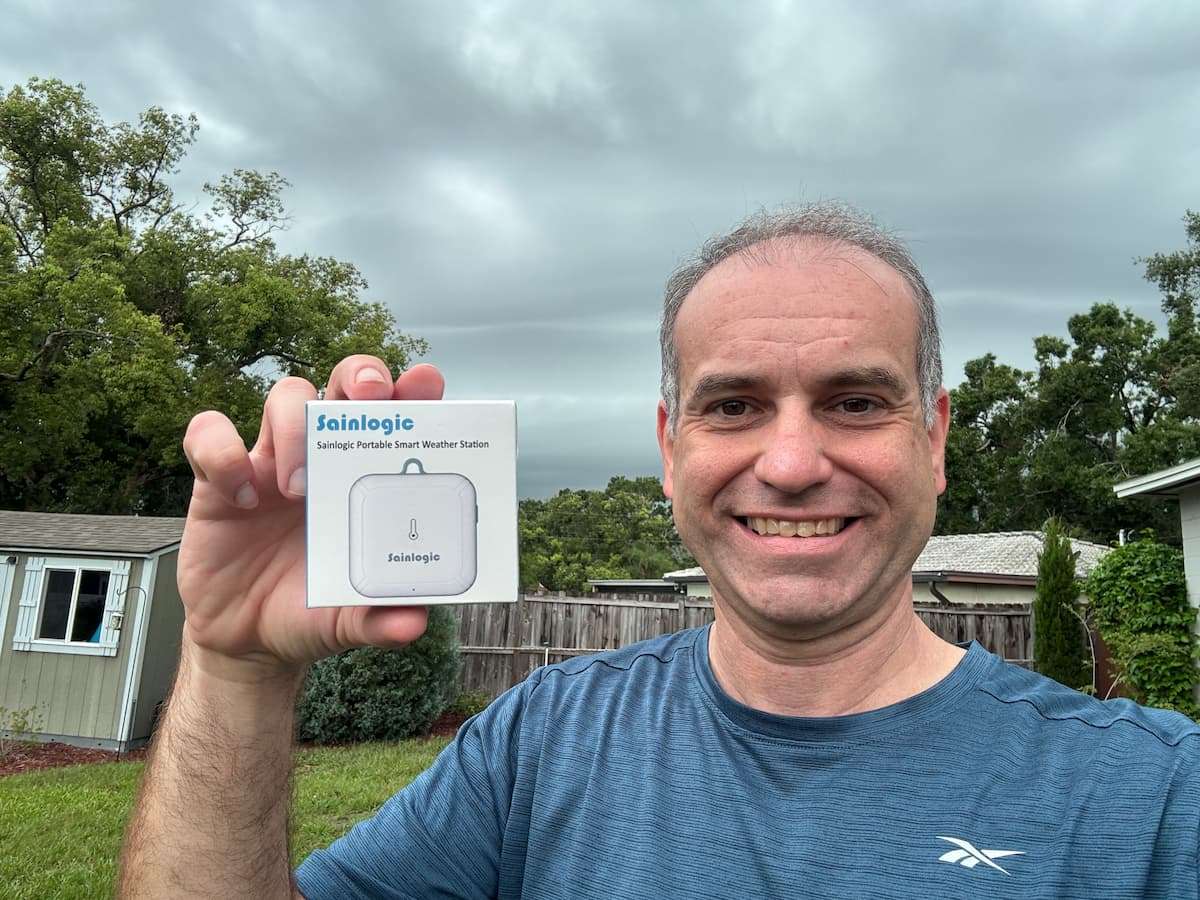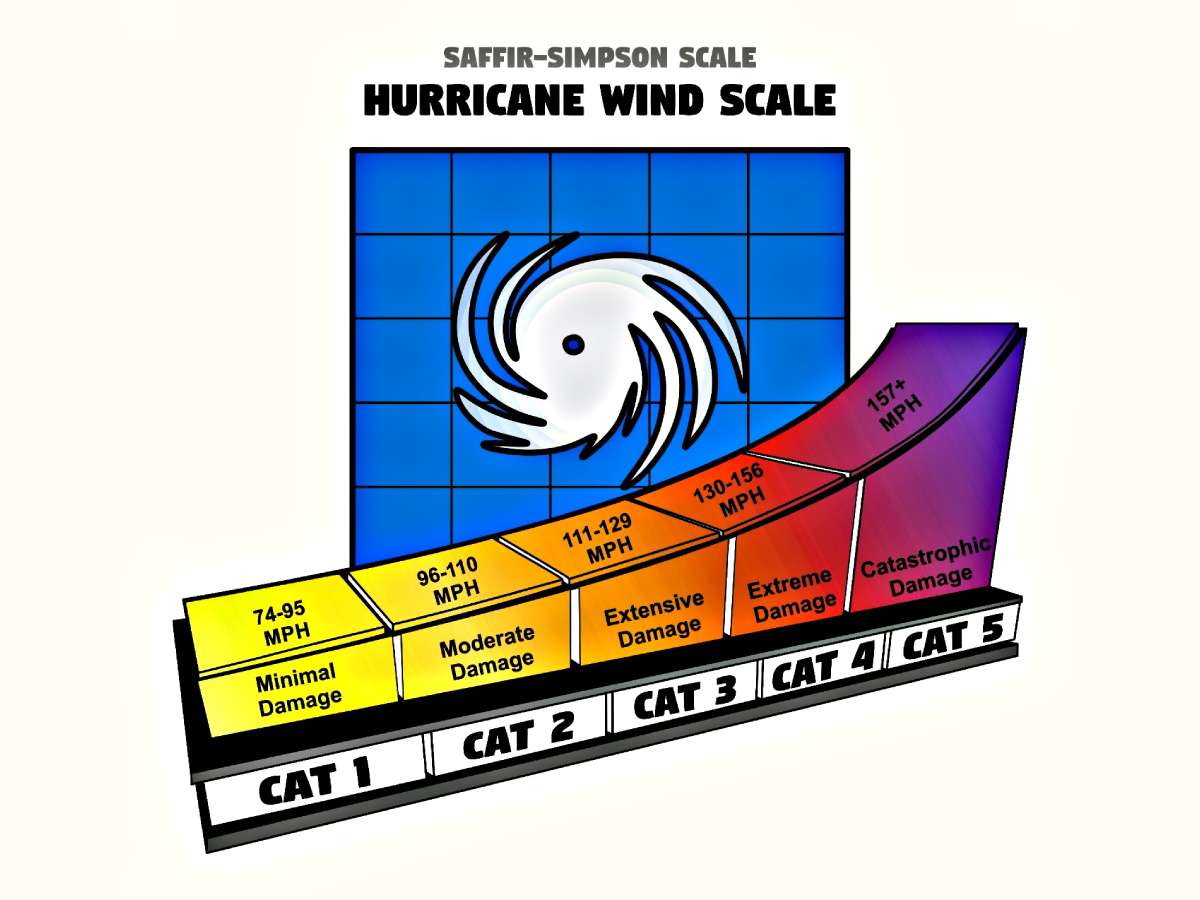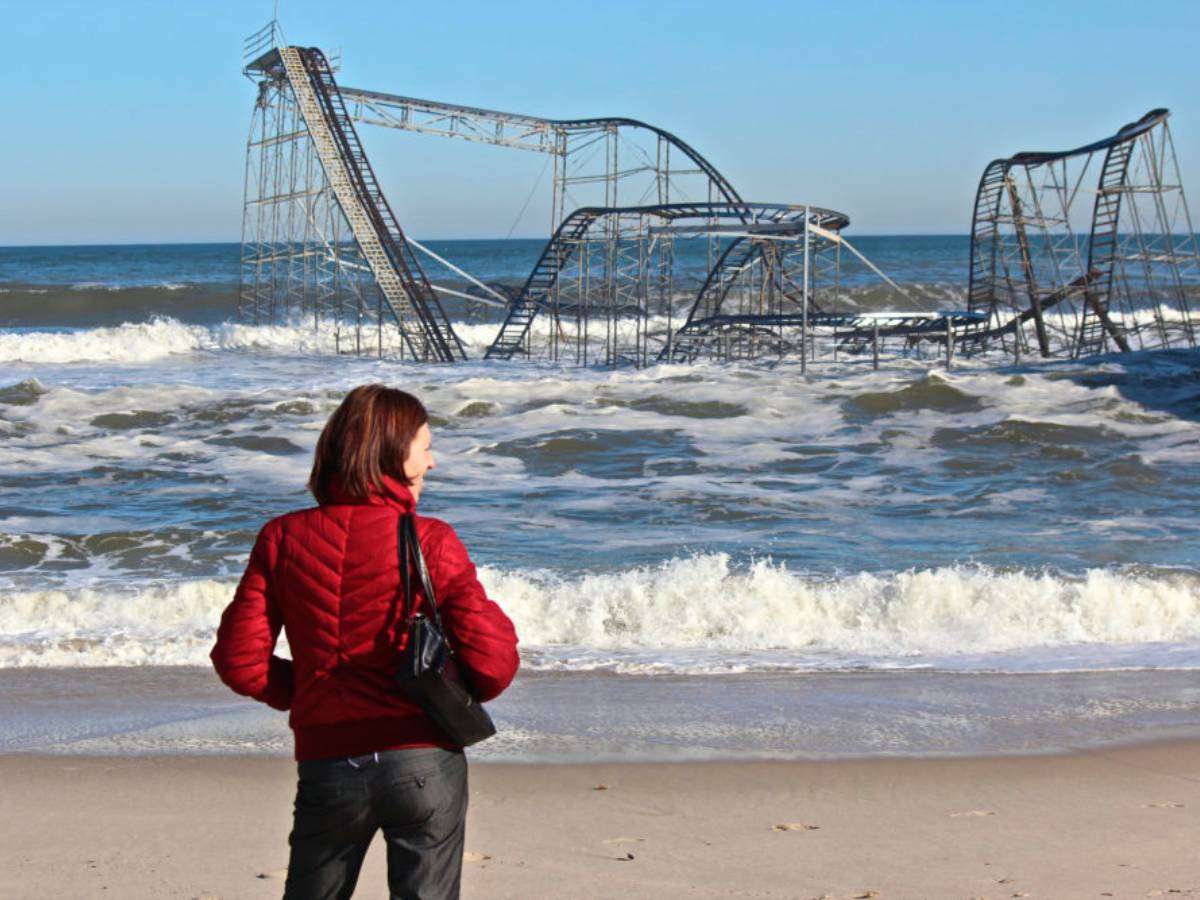Wildfires have many different causes. For example, one common cause of wildfires is lightning. With an estimated 25 million strikes per year, the U.S. Forest Service is faced with the daunting task of containing fires that destroy homes and have caused thousands of deaths over the years.
Wildfires can occur anywhere. Forest fire death and damage statistics show that my own region (Northern Minnesota) was victim to one of the worst forest fires in history. The 1918 Minnesota fire took over 1,000 lives and destroyed 1,500 square miles of woodlands and property. I remember during my youth finding burned out stumps of great original growth white pines still standing in the woods behind our home.
In more recent years, the Boundary Waters Ham Lake fire of 2007 destroyed 75,000 acres of Canadian and American forest. It was caused by a careless camper who left his campfire without confirming that the fire had been completely put out.
As we’ve witnessed with the recent wildfires in California, wildfires can quickly spread out of control. Wind-swept wildfires can consume thousands of acres of woodlands, along with anything else that may be in their path!
Following are some ways that you can protect your home and your property from a wildfire. Remember, these are things you’ll need to do now… before a wildfire is present.
How To Protect Your Home And Property
Your home’s survivability from wildfires can be greatly increased by doing these things…
Do This To Protect Yourself Year-Round:
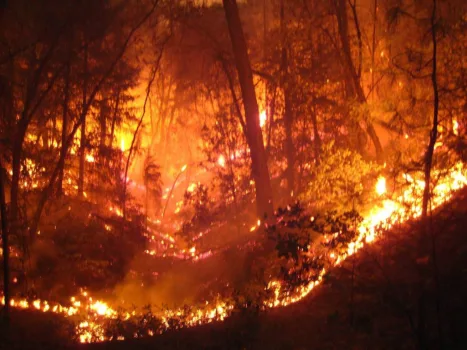
- Maintain a 100-foot clear zone around your home.
- Add a wildfire sprinkler system.
- Install spark arrestors in chimneys and stovepipes.
- Replace wood shakes/shingles with asphalt composition shingles (Class A) or metal roofing.
- Replace 1/4-inch vent screens with 1/8-inch metal screens in roof, gable and subfloor vents to prevent embers from going into or under your house.
- Cover open ground with gravel, rock, brick, paving or other nonflammable substances.
- Move woodpiles at least 100 feet away from your home and uphill from your home.
- Install nonflammable or fire-resistant window coverings inside your home.
- Mow your grass regularly, and keep it trimmed to about 4 inches in height.
- Landscape with plants that are resistant to fire and have low moisture requirements. (Replant trees with locally grown seedlings.)
- Remove debris from under sun decks and porches. Install screening under decks to prevent the accumulation of leaves and pine needles.
- Enclose eaves and overhangs.
- Make your address visible from the road so firefighters can easily find it in an emergency.
- Instead of repainting, install non-combustible home siding and non-combustible wainscoting.
- Paint your home’s exterior with fire-retardant paint.
- Install and test smoke detectors.
Do This When A Wildfire Is Approaching:
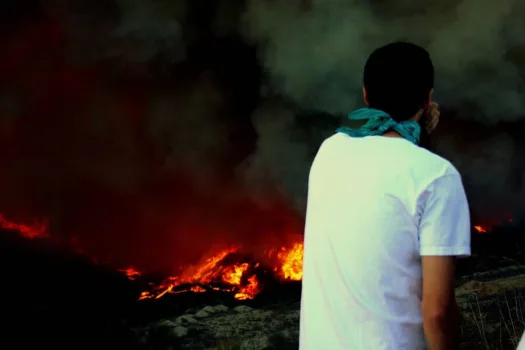
- Move items that will burn (lawn furniture, barbecue grills, tarp coverings, etc.) away from around the house. Place them outside of your defensible space.
- Shut off any natural gas, propane or fuel oil supplies at the source.
- Clear your rain gutters and roof of leaves and pine needles.
- Remove dead or dying trees and other dead or dry vegetation and prune branches up 10 feet above the ground.
- Trim tree branches within 10 feet of a chimney or stovepipe.
- Close all shutters, blinds or heavy non-combustible window coverings to reduce radiant heat.
- Close all doors inside the house to prevent draft. Open the damper on your fireplace, but close the fireplace screen.
- Place a ladder against the house in clear view.
- Consider escape ladders if your residence has more than one level, and ensure that burglar bars and other anti-theft mechanisms that block outside window entry are easily opened from the inside.
- Clear vegetation around fire hydrants, cisterns, propane tanks, etc.
- Connect garden hoses. Fill any pools, hot tubs, garbage cans, tubs or other large containers with water.
- Disconnect any automatic garage door openers so that doors can still be opened by hand if the power goes out. Close all garage doors.
- Back your car into the driveway and roll up the windows.
- Place lawn sprinklers on the roof and near above ground fuel tanks.
- Wet all shrubs within 15 feet of the home.
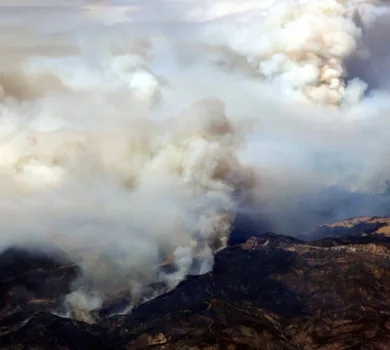
U.S. Dept Of Health & Human Resources: Wildfires As witnessed by the Californians who have experienced wildfires firsthand, it pays to protect yourself ahead of time!
Keep in mind, the dangers from wildfires are great and often fatalities do happen when Mother Nature insists on taking the upper hand. To that end, the best course of action when faced with an approaching wildfire is to leave the area immediately.
And make sure that you always have emergency supplies on hand!
Check the National Interagency Fore Center for real-time wildfire map of the U.S.
Protecting property is serious business. Take it from the courageous firefighters seen in this video slideshow:
More Ways To Protect Your Stuff From Wildfires
Your best defense against a wildfire starts with the following wildfire survival guidelines provided by these reputable and reliable sources:

